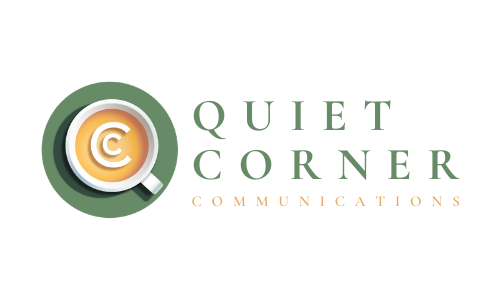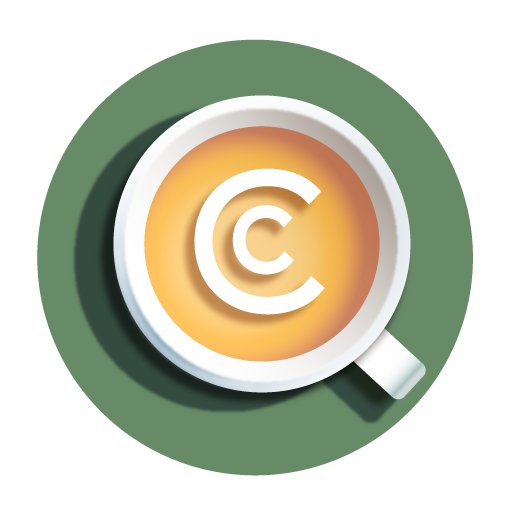The Tea: Key Components of a Brand Guide
Branding is a critical building block in the foundation of any small business – it’s what communicates your product or service to the world! Yet a cohesive brand guide is often neglected in favor of a more on-the-fly approach. According to Tailor Brands, “90% of users expect to have a similar brand experience across all platforms/channels. [...] And yet…fewer than 10% of B2B companies say their branding is very consistent.”
A lack of brand continuity doesn’t just turn-off customers, it also sacrifices efficiency, recognition, and profit, whereas consistent messaging makes your business look attractive, feel authentic, and yield up to a 33% increase in revenue. The key to consistency is a brand guide.
If branding is a foundational building block, a brand guide is a blueprint – and like a good blueprint, it should be used to construct everything from marketing strategy and design to communications and company culture. It’s always wise to consult a professional brand strategist for something this integral to your business; however, you can take a DIY approach if you invest some serious time considering the three major tenets of a brand guide.
1. Identity
The first – and most important – section of any brand guide is a summary of the brand identity. It’s the who, what, and why of it all, and these are the questions to start with. Who am I? What am I doing? Why am I doing it? Refine these answers until you can shape four foundational statements to describe your brand’s identity:
Mission – A short brief explaining why your business exists, who it’s for, and what it does.
Vision – An aspirational proclamation of your hopes, dreams, and business goals.
Values – A list of core tenets that describe who you are and what your organization stands for.
Market – A brief summary of your customer base including any relevant demographic data, audience segments, or community insights.
2. Aesthetic
Once you’ve found the right words to describe your brand, it’s time to find a matching aesthetic.
“If you had to boil down the feeling of your brand, how would you encapsulate it?” asks Customer Contact. “What ‘vibe’ does your brand give off to customers?” The adjectives you come up with can be used to shape the aesthetic section of your brand guide, which should include:
Logo – Any iterations of your business logo, misuse examples, and the inspiration behind the design.
Colors – Reboot Online reports, “using a signature colour can cause an 80% increase in a consumer’s recognition of your brand,” so it’s important to pick a palate that makes sense and stick to it. I recommend selecting 1-3 primary colors and 2-4 accent colors.
Typography – Determine a typeface (or typefaces) that captures the essence of your business and properly communicates your message. Pro tip: Make sure you consider how fonts appear on mobile (and at variable sizes) to ensure you don’t select something difficult to read.
3. Personality
The section of a brand guide you’ll likely use most, personality is the place to put the ideas behind your brand into action. Ideally, all communications and content – whether generated in-house or by an external consultant – will be filtered through this section, so it’s important to capture the right cadence and set the appropriate parameters. The more examples you can provide here the better, but make sure this section includes statements on:
Voice – Define your business persona by describing the kind of language you use, the tone of voice you adopt, and the emotion(s) you want to convey.
Social Media – Optimize social media messaging by understanding your target audience and calibrating your brand voice to suit the various platforms.
Photography and Graphic Design – If you’re using photography or graphic elements in your business materials, make sure to include any size, frame, or filter constraints to ensure cohesive visual messaging.
Looking for inspiration to help guide your brand guide brainstorm?
Check out our Branding Board on Pinterest!
Compiling the components
Once you have a firm grasp on the identity, aesthetic, and personality of your business, it’s time to turn the component parts into a comprehensive brand guide.
Good old Canva has plenty of free templates you can customize, but for something as essential as a brand guide, we’re big proponents of bringing in a brand consultant to assist. We recently guided the Simsbury Meadows Performing Arts Center through the creation and compilation of their first-ever brand guide, and we would love to do the same for you.


